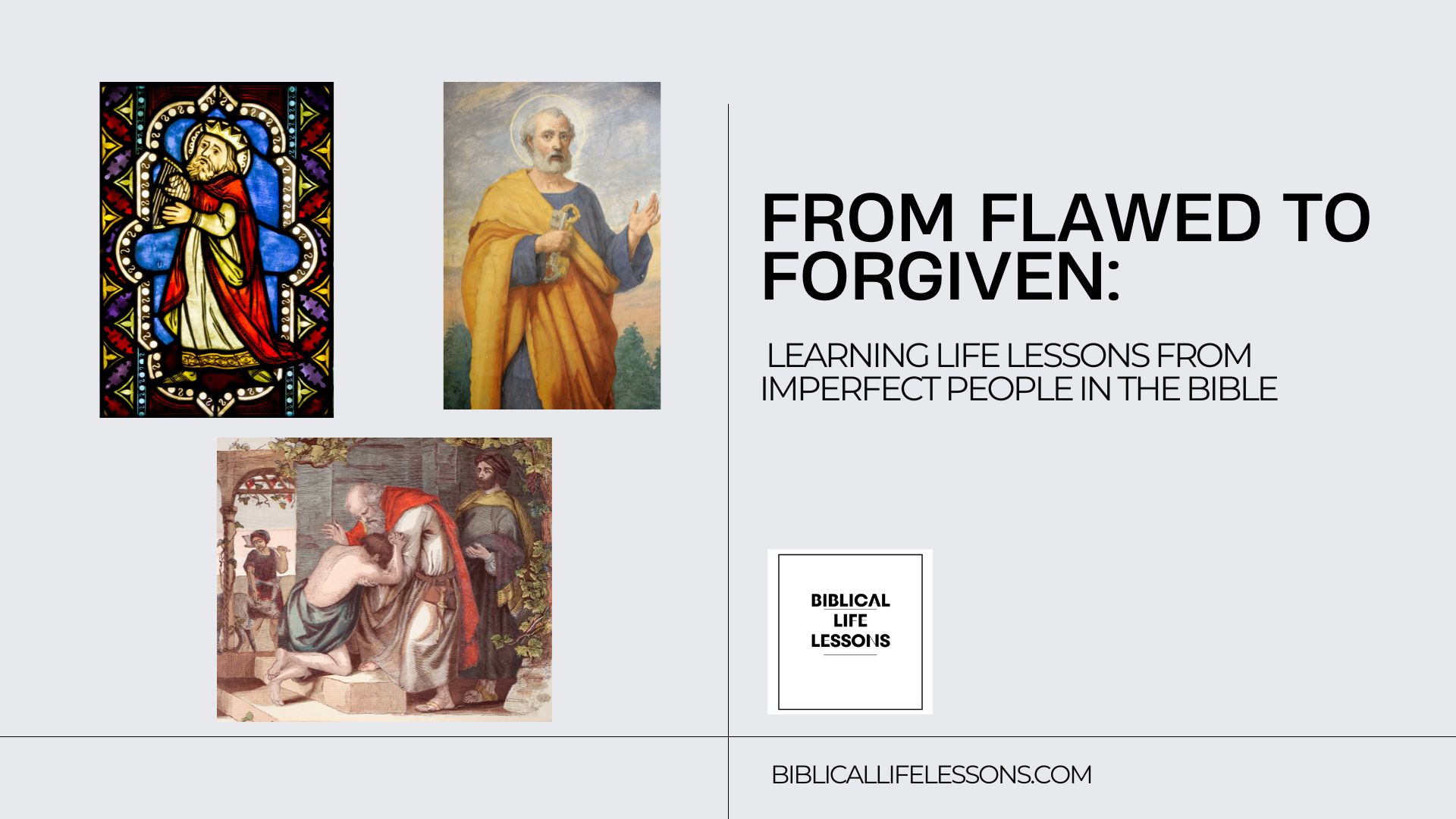The biblical narrative of the Exodus is a profound testament to divine intervention, faith, and the intricate dynamics between two key figures: Moses and Aaron. As leaders chosen by God, their partnership played a pivotal role in the liberation of the Israelites from the bondage of Egypt. This article delves into the leadership dynamics between Moses and Aaron, shedding light on their respective roles and interactions with the Almighty.
Moses: The Reluctant Leader
Moses, known for his humility and initial reluctance to embrace leadership, was appointed by God to confront Pharaoh and demand the release of the Israelites. His encounters with the burning bush on Mount Horeb marked the beginning of his divine mission. Despite his initial hesitations, Moses emerged as a powerful and eloquent leader, guided by God’s instructions and equipped with miraculous signs to authenticate his authority.
Aaron: The Spokesperson and Support
Aaron, the elder brother of Moses, played a crucial role as Moses’s spokesperson. His eloquence and ability to articulate Moses’s messages were evident, especially when facing Pharaoh and the Israelites. God appointed Aaron to assist Moses, acknowledging that Moses was hesitant about public speaking. This partnership showcased the divine wisdom in complementing the strengths and weaknesses of each leader.
Leadership Collaboration in Confronting Pharaoh
The collaboration between Moses and Aaron reached its peak during the confrontations with Pharaoh. Moses, with the support of Aaron, delivered the divine message to “let my people go” and warned of impending plagues if Pharaoh resisted. Aaron’s involvement highlighted the unity in purpose, as both brothers worked in tandem to fulfill the divine mandate.
The Role of Miracles and Signs
God empowered Moses and Aaron with miracles and signs to authenticate their leadership. From turning staffs into serpents to the ten plagues that culminated in the Passover, these extraordinary events showcased divine authority. The staff of Aaron, which blossomed with almond buds, served as a symbol of God’s choice of Aaron as the high priest.
Challenges and Testing of Faith
While Moses and Aaron demonstrated unwavering faith, their journey was not without challenges. The grumbling of the Israelites, the incident of the golden calf, and moments of doubt tested their leadership. However, their reliance on God’s guidance and forgiveness allowed them to navigate through these trials and continue leading the people.
Interactions with God on Mount Sinai
The pivotal moment on Mount Sinai solidified the unique relationship between God, Moses, and Aaron. Moses’s direct encounters with God, receiving the Ten Commandments and divine instructions for the Tabernacle, showcased his intimacy with the Almighty. Aaron, along with his sons, was consecrated as a priest, emphasizing the sacred role of the priesthood in the Israelite community.
Legacy and Lessons
The leadership dynamics between Moses and Aaron leave an enduring legacy. Moses, the lawgiver and deliverer, symbolizes the transformative power of obedience and faith. Aaron, as the high priest, represents the mediator between God and the people. Together, they exemplify the synergy of leadership when guided by divine wisdom.
In conclusion, the partnership between Moses and Aaron in the Exodus narrative provides profound insights into effective leadership, collaboration, and faith. Their journey serves as a timeless example of how God’s chosen leaders, with their unique strengths and weaknesses, can work harmoniously to fulfill a divine mission.











